Do you worry? We all do. But when it starts to control your life and you start losing grip on your thoughts, then it starts to become an issue. Here are 5 easy ways that will help you calm your worry and anxiety.
Taking control of your worry is the first step to combating the comments.
We all face worry and anxiety and if you’re a worrier, chances are the most important people in your life have suggested, pleaded, or even demanded that you stop worrying.
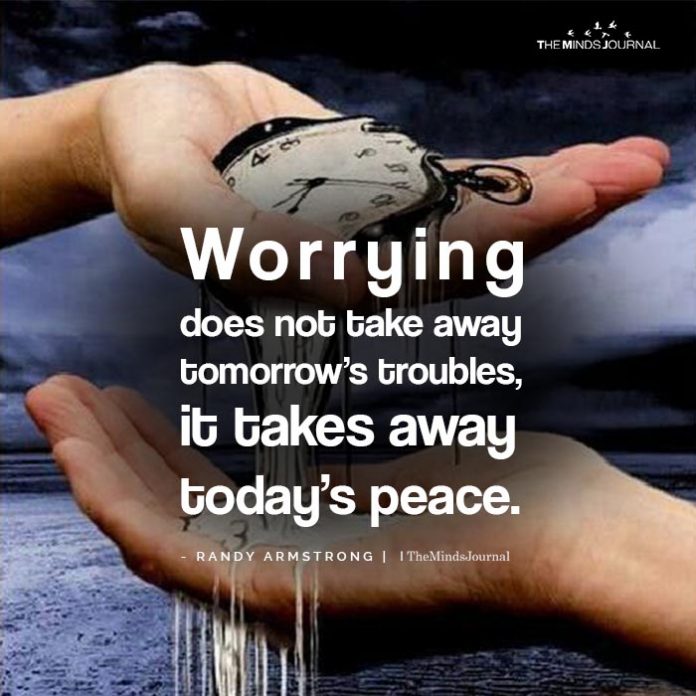
As much as they mean to be helpful, they really don’t understand what to do when you’re too worried and anxious. And, the truth is that most of us who are prone to worry don’t instinctively know what to do about it either.
But, we do want to know how to stop worrying and how to calm anxiety so we can take back control.
It’s common to believe that the way to curb distressing angst and worries is simply to catch anxious thoughts when they appear and then choose to just stop thinking them.
Related: 12 Common Mental Illness Signs You Should Never Ignore
Worriers and non-worriers alike use phrases like:
- You’ll get over it.
- Just forget about it.
- Calm down.
- Go with the flow.
- Just chill out.
- You’re making yourself sick.
- Let it go.
- Relax.
- Stop worrying about it.
- Don’t worry.
- It will be OK.
These are said in attempts to stop worry and anxiety. But, using phrases like these don’t actually help nor do anything for anxiety relief.
Anxious fretting isn’t just about an unwanted thought — it’s also a physiological response.
When we worry, our bodies are often involved in addition to our minds. We may experience increased blood pressure, “butterflies” in the stomach, a lump in the throat, sweaty palms, trembling, dizziness, or a rapid heartbeat.
This experience is something that each of us might define a little differently, and yet something we know when we feel it.
Related: 10 Hidden Anxiety Triggers You Need To Avoid
In practice, I think of anxious fretting as the experience that arises from conflict about future unavoidable pain as well as the perceived threat to something or someone we care about.
It is also that sense that something isn’t quite right, that we’ve neglected something important, and even sometimes a sense of dread. We conjure up a scary image in our mind, think a threatening thought, or recall a painful situation.
With all this brain activity, our bodies respond. We’re not just dealing with anxiety and our thoughts, but we’re also dealing with the automatic responses of our bodies.
It’s this simple fact that makes all the well-meaning sentiments listed above virtually useless if you’re someone who struggles with this experience.
Rather than attempting to stop worry, it is always more effective to work with it once it is engaged. One of the best ways to do this is to change our thinking about this experience in general.
Related: Signs You Use Busyness As A Coping Mechanism (& How To Slow Down)
Worry isn’t our enemy. It has a powerful purpose in helping us achieve our goals. It does this by making sure we stay focused on the things that matter, helping us prioritize, and reminding us when we are off track.
For worry to do its job, we need to learn how to deal with anxiety and keep our worries at manageable and actionable levels.
Here are 5 steps to take to calm your worry and anxiety so you can take back control of your life.
1. Recognize your worry
Understanding when and how your worry is happening is the first step to being able to harness it for productive action.

2. Identify what your feelings are really about
Being able to hear what your feelings are really signaling takes practice and sometimes support from a therapist.
Yet, once you can reliably interpret the message your worry is giving you, you’ll immediately feel less at its mercy and have a clearer sense of what’s most important to you.
3. Sort through your worry
Identifying what you want and what to do to get there comes next.
You are ready to sort through the messages your feelings are signaling and identify the actions that can solve it.
4. Determine what action you’ll take
This step varies tremendously by individual and while determining worry’s message is different for everyone, so is identifying smart action. The trick is to focus on solutions that will best solve the drivers of your worry.
This is where listening to and thinking about your worry really matters. Inaccurate perceptions will spin ineffective action, that in turn, tend to generate more worry and angst whereas conceiving effective solutions tends to drive worry down.
Related: Here’s How To Stop Your Brain From Overthinking
5. Take action
Severe anxiety and worry offer the energy you need to forge solutions and it stubbornly won’t give up until you engage it. Once you’ve identified its message and the action steps you can take, you are moving into action.
Don’t be surprised if you start noticing a resurgence of avoidance, confusion, or resistance. It’s the moment of truth, and the physical sensations of worry are your body readying itself for action, not telling you to stop.
Worry’s impact on us boils down to how we think about it, and what we do with it.
Granted this is a high-level list of what to do when you worry too much. But, when you follow it and focus on using your experience to your benefit instead of listening to all the well-meaning people who keep telling you to stop worrying, you’ll discover your strength, courage, and capability to create a truly meaningful life.
Are you ready to calm your worry and anxiety?
Written By Dr. Alicia H. Clark
Originally Appeared On Your Tango
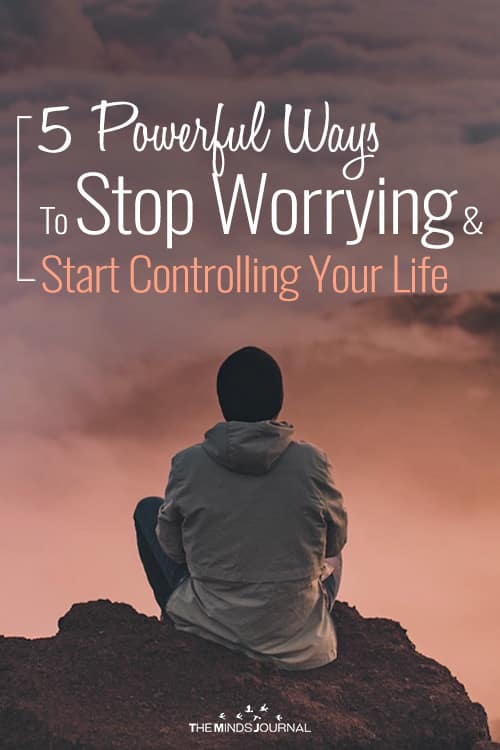



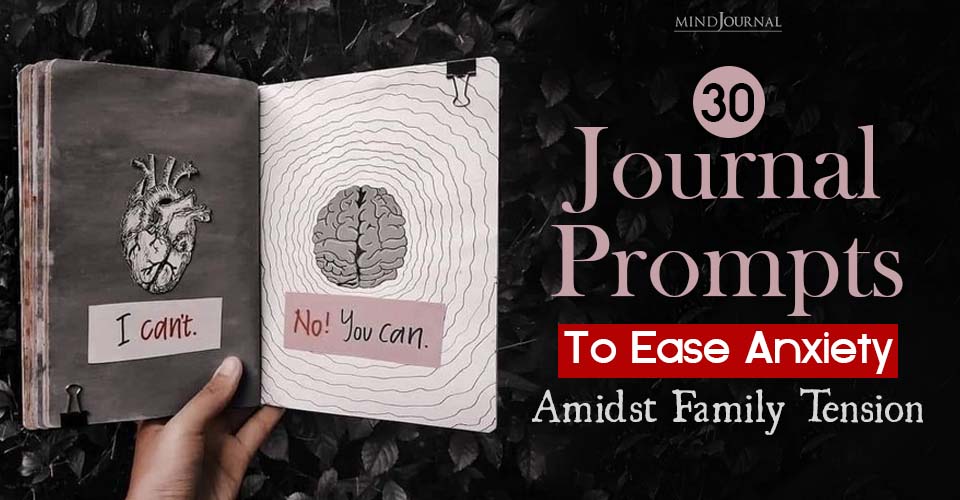
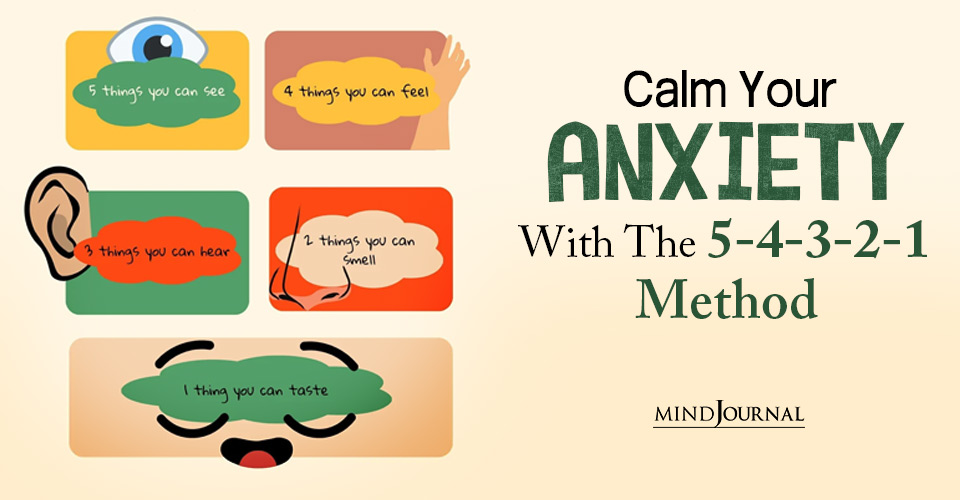

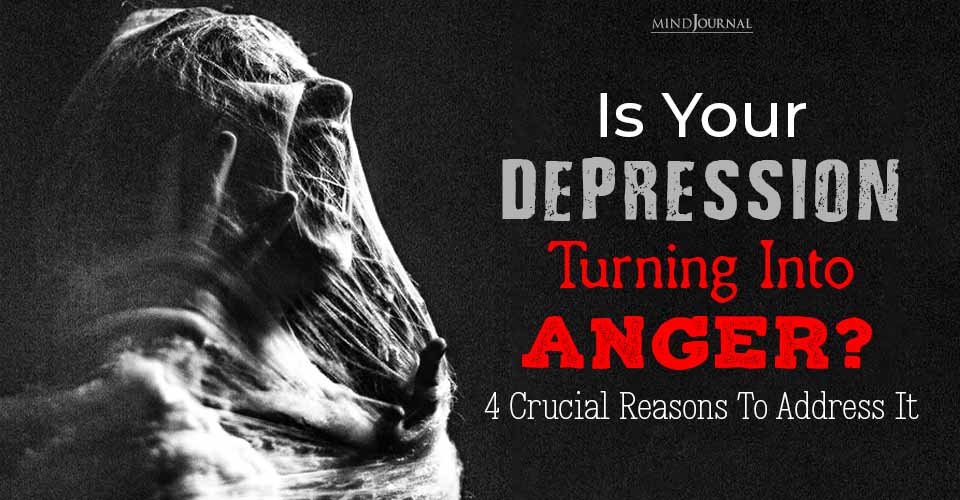



Leave a Reply